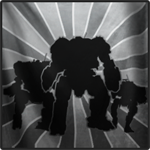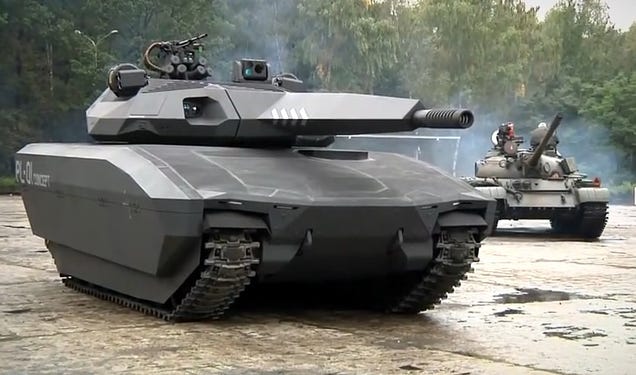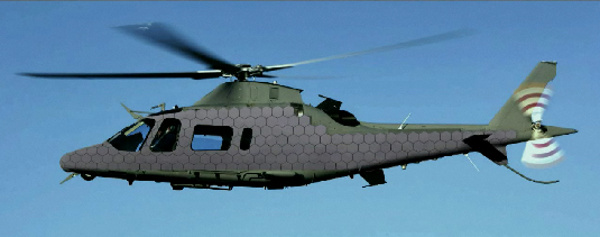Well, are they?
How about let's try to figure out a scenario that makes mechs viable in battlefield. Note that I'm thinking about BattleTech type of heavy, weighty mechs instead of silly, jagged anime mechs.
Now, let's see what makes tanks superior than mechs: they're short thus harder to spot as opposed to a standing metal giant; cannon shells could bounce off the turret due to its shape; tank treads don't necessarily provide lesser mobility than two legs while provides more support. Also tanks are probably cheaper to produce. That's all I can think of so far.
So, let's try to defuse those situations.
First, visibility. With all those drones, satellites and all that kinds of stuff, at some point battlefields is gonna become transparent. And when that happens, why don't let armored troops give up trying to hide themselves completely and just give them walking, towering tanks instead?
Second, shaped turrets allowing cannon shells to bounce off. Not even an advantage, I would say. I mean, who said mechs can't have shaped exteriors? Besides, if a mech is easier to hit because it's taller, then why not just give it a couple more layers of armor? I'm sure some reactor armors using current technology could eat up a 120mm cannon shell already, imagine what could happen in a thousand years.
Third, the superiority of tank treads. Well...that's kind of hard to say, isn't it? Sometimes you may need the capability to walk over that 1 meter tall short wall. Regarding better support that helps compensating recoil and such, well, I'm sure in a thousand years we're gonna find ways to produce recoil-less cannons one way or the other. Or, you know what, we could use lasers instead!
And finally, regarding price. I'm sure anyone with a bit of business common sense have heard the phrase "economies of scale" - relative unit price decrease as the number of units produced increase. But, one may ask, an initial pitch is still needed to produce mechs in the first place. Well, a mech is practically a tank with a big main turret and two smaller turrets attached to the sides. As long as you have enough firepower, is is really that hard to imagine a mech being three times more powerful than a tank? It's not like similar events have never happened in history - I've watched some Discovery channel show before retelling that. during WWII, it usually takes three Sherman to take down a Panzer.
Besides, mechs have other advantages as well. Since it can be controlled while thinking like a walking human, either neurally or mechanically, a mech takes one crew (or as usually depicted in sci-fi) instead of three, which makes it more efficient in many aspects. Mech pilots will probably have a better view, being up there, which would create a big advantage when co-operating with friendly infantries (regarding this I would like to hear the opinions of army veterans regarding armor-infantry co-operation in urban scenarios).
And of course, giant, stompy mother****ing robots.
Ok I'm done here. I was board and this is in no way a serious argument.
















































